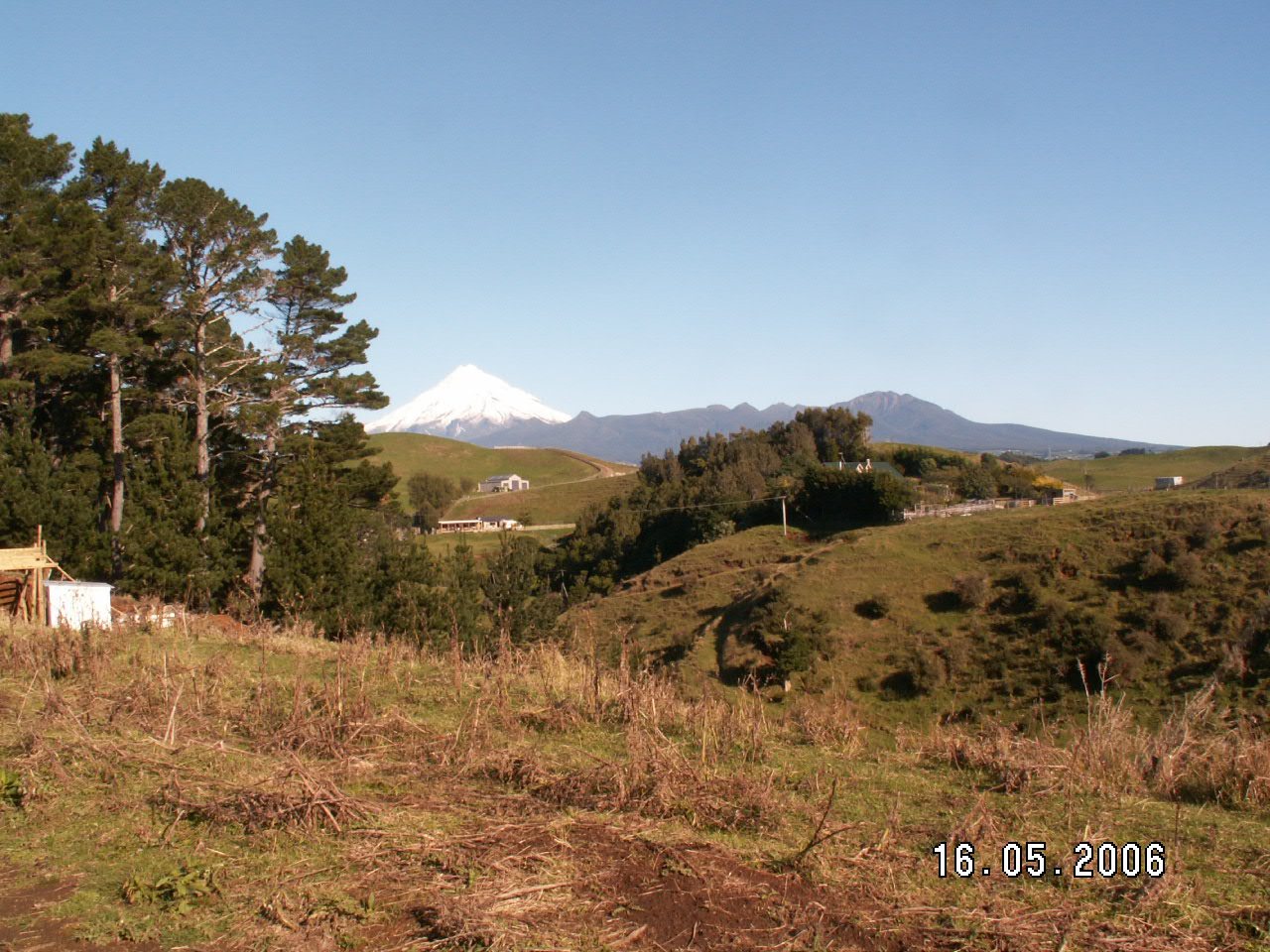If there’s an international convention to prevent the spread of invasive marine species, it would be reasonable to assume New Zealand had signed it. But there is—and we haven’t … yet.
Chemical-free clean water, from sea to swimming pool.
If there’s an international convention to prevent the spread of invasive marine species, it would be reasonable to assume New Zealand had signed it. But there is—and we haven’t … yet.
(It was announced two weeks ago that the government has decided to ratify the convention, after discussing it for almost a year.)
The Ballast Water Convention needs to be ratified by 30 countries, which between them account for 35% of the world’s discharges of ballast water. So far, only 14 countries, accounting for 4% of ballast discharges, have signed.
What the heck is ballast water, and why does it matter? As ships traverse the oceans, transporting 90% of the world’s goods, they take on board seawater to stabilise the ship.
These boats transport about five million tonnes of ballast water every year, taking it on board in one area, discharging it in another. That water is full of living species, native to their originating area, but foreign to the ecosystem where the water is eventually unloaded. These new species can undermine the native species of the area.
The UN’s International Maritime Organisation has classified this as a major threat to the world’s oceans. Already, an invasive jellyfish-like organism has caused the collapse of commercial fishing in the Black Sea. Jellyfish have also invaded the Gulf of Mexico, originating in ballast water, where they’re now threatening the shrimp industry.
The Ballast Water Convention requires ships to kill 99.99% of the animal and vegetable matter, and even the bacteria in their ballast water before discharging it. But using chemicals to achieve this goal just creates another problem.
Swedish company Wallenius Water has come up with a clever, chemical-free solution. It’s pretty simple: water passes through a titanium tube, which is lit by a UV lamp. A catalytic reaction takes place in the tube, releasing a bunch of free radicals that kill everything in sight. The free radicals exist for microseconds, the water bubbles a bit as carbon from the living organisms becomes CO2, and voila: perfectly clean water.
The bit that might make a difference to you and me is this: it can also be used in swimming and spa pools, grey water tanks, and to clean city drinking water without chlorine.
The Sundbyberg Swimming Baths in Stockholm have been using a Wallenius system for three years. Chlorine use is down 72kg a month, and enormous amounts of energy and water are being saved because the water doesn’t need to be replaced (and therefore reheated) nearly so often. The system breaks down complex chemical structures and releases bound chlorine, meaning the pools don’t smell and swimmers emerge with clearer eyes (and no fear of green hair).
Okay, it’s not cheap—at €30,000 you won’t be buying this for your domestic swimming pool just yet—but the Sundyberg pools had a return on their investment within a year, in savings on service, maintenance, energy, water use and chemicals.
The city of Gothenburg in Sweden (population 510,000) is test-driving the system for its municipal water. Given that it can upgrade grey water (from your shower and dishes) to potable water (that’s okay to drink), there will no doubt be big demand for the technology in a future where pressure on water supplies is set to increase dramatically in many parts of the world (but not, ironically, in water-rich Sweden).







